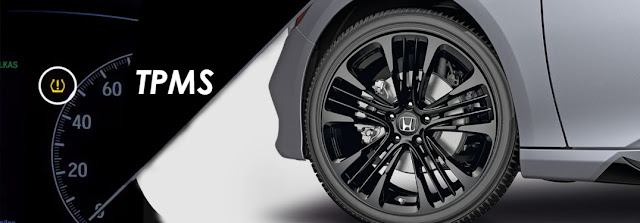What is RVDT?
RVDT is an acronym for Rotary Variable Differential Transformer and is a common type of electromechanical sensor that can convert the rotary motion of an object around an axis into a corresponding electrical signal. Construction: An RVDT consists of a hollow cylinder with a ferromagnetically conducted core rotating in clockwise and anticlockwise direction freely between the hollow cylinder. A primary coil is wrapped around in the hollow cylinder and is energized by constant amplitude AC source known as the primary excitation. Two secondary coils having an equal number of turns are wrapped on either side of the primary coil at equal distances from the primary coil. The two secondary coils are connected in the series generating AC output voltage. A signal conditioning circuit that is housed inside the RVDT structure and is required to convert the output to either 5V dc or 4-20 mA’s whichever format is compatible with your data acquisition system. Working: When the core is




